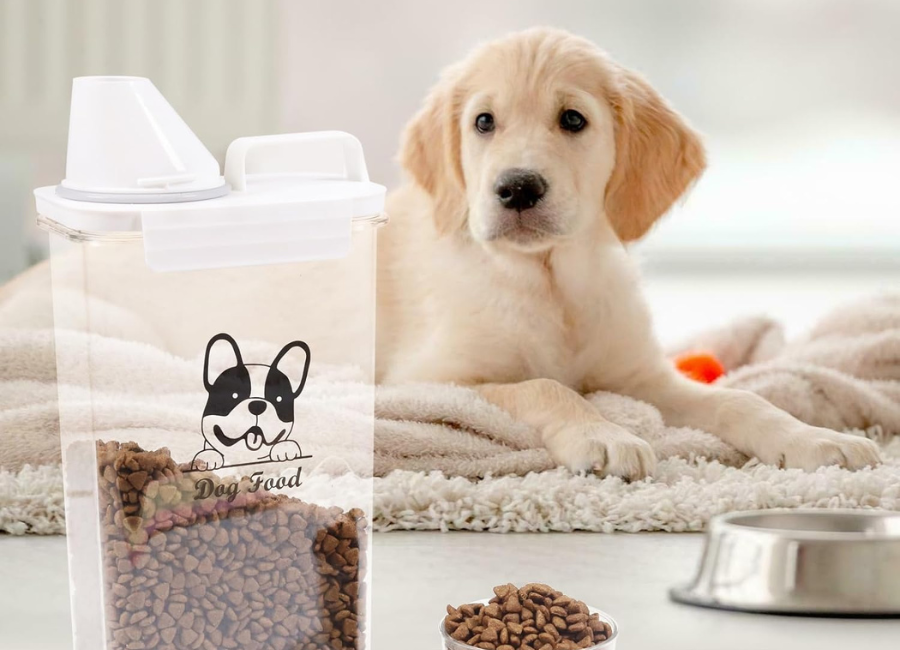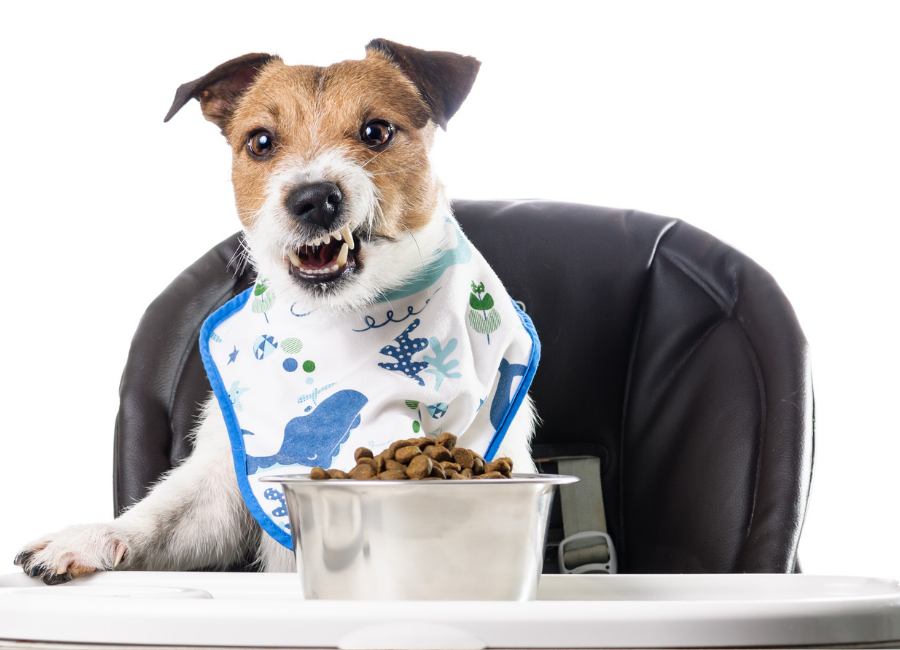The 5 Dos and Don’ts of Homemade Dry Dog Food

You want your dog to feel their best and enjoy their life to its fullest. Feeding your dog nutritious and highest quality dry dog food is the foundation for your dog’s best life. Preparing your dog’s food at home is one way to ensure the quality of your dog’s diet and the freshness of their food. However, if you are considering making homemade dry food for dog, there are a few things you will want to know.
While following online recipes may seem straightforward, it’s always important to keep in mind these dos and don’ts to keep you, your dog, and your family safe:
1. Do: Understand What You’re Getting Into
Cooking your dog’s homemade food takes time, money, know-how, and effort. Dog nutrition is complicated, which is why most dog food manufacturers use qualified dog nutritionists to review their recipes. Additionally, there is no verified proof that homemade dog food is safer than foods that are commercially available [1].
It also takes practice and some adjustments to recipes to meet your dog’s taste and caloric needs. Furthermore, calculating the calories, protein levels, fat levels, fibre, vitamins, minerals and other nutritional variables can be difficult.
Proteins are particularly important in your dog’s daily diet since proteins convert to amino acids [2]. These amino acids are the building blocks of cells in your dog’s body. There are ten amino acids that your dog’s body cannot produce. Therefore, they must source these amino acids from the foods they eat.
The 10 essential amino acids:
- Arginine
- Histidine
- Isoleucine
- Leucine
- Lysine
- Methionine
- Phenylalanine
- Threonine
- Tryptophan
- Valine
2. Do: Be Sure You’re Homemaking Your Dog’s Food for the Right Reasons
Dry Dog Food vs. Homemade: What’s Your Motivation?
Dog food has changed a lot over the past decades. There are now more nutritious and fresh choices of dog food on the market, making it easier to provide your dog a well-balanced, healthy diet. This makes it vital to consider why you would prefer to make your dog’s food.
The following chart indicates which may be a better choice for you and your dog based on what you are looking for in your dog’s food.
|
Reason |
Pre-Made Dry Dog Food |
Homemade Dog Food |
|
Balanced to meet all of your dog’s nutritional needs |
X |
|
|
Greater control of the ingredient your dog eats |
X |
|
|
More Affordable |
X |
|
|
Tailoring dog food flavour for a picky dog |
X |
|
|
Avoiding Allergens |
X |
|
|
Changing recipes for greater variety |
X |
|
|
Safety and responsible handling |
X |
So, if you’re aiming to save money, you may be surprised to learn that it costs more to make homemade dry dog food than it does to buy dry dog food [3].
One of the biggest challenges of making homemade dry dog food is ensuring it meets all of your dog’s nutritional needs. Without a veterinary nutritionist ensuring a food is balanced and provides all of your dog’s needs, your dog may wind up with a nutritional deficit [4]. To meet your dog's nutritional needs, you must also be careful about how much dry food to feed.
3. Do: Use Whole, Fresh Ingredients for Healthy Homemade Dry Dog Food

One of the biggest benefits of homemade dry dog food is being able to ensure the quality of the ingredients that go into it. Using processed ingredients introduces unnecessary (and even harmful) elements into your dog’s food.
Processed Foods to Avoid:
- Lunchmeat
- Hotdogs
- Bread
- Canned products with excessive salt or other ingredients
Unprocessed Foods to Use:
- Raw meats, such as chicken, turkey, or beef
- Eggs
- Fresh dog-safe vegetables and fruits
- Sweet potatoes
- Raw peanut butter
- Coconut oil
- Unsweetened pumpkin puree
- Raw oats
4. Do: Proactively Account for Possible Deficiencies
As we’ve stated before, the biggest risk of homemade dog food is causing a nutritional deficiency [5].
Your dog’s dietary needs are best assessed by their vet or a veterinary nutritionist. Talking to your vet is a great place to start when you want to understand what your dog’s unique needs are (especially if your dog has a possible allergy or another specialized dietary need).
Even the most nutritionally balanced homemade recipes you will find online may not have all of the vitamins and minerals your dog needs. Furthermore, you will likely try a few different recipes and alternate them. This leads to varying levels of minerals and vitamins.
Using a supplement can provide your dog with all the essential amino acids, plus the necessary vitamins and minerals your dog needs. Ask your vet what supplement is best for your dog’s health condition and the recipes you are using.
Don’t: Mishandle Your Dog’s Homemade Food
While nutritional deficiencies are a real concern when it comes to homemade raw or dry dog food, bacteria and cross-contamination also pose a threat. The most common include salmonella and listeria. When making your dog’s food at home, you will be handling a lot of raw meat. While this is not implicitly dangerous, it can be.
To avoid spreading bacteria and reduce potential illness [6]:
- Limit where you process the meat for your dog’s food
- Thoroughly clean any surfaces that come in contact with raw meat
- Store raw dog food or raw meat in secure, airtight packaging
- Freeze extra food to keep it fresh
- Wash your dog’s dish after feedings
- Never let homemade dog food sit in your dog’s food bowl for more than 20 minutes
Homecooked, Healthy, and Ready for Your Dog’s Bowl

If you’re ready to make your dog’s homemade dry dog food, remember to wash surfaces that come in contact with raw meat, ask your vet about your dog’s nutritional needs, and always use the best quality ingredients.
Want home cooked dry dog food without the hassle? Kibble That Counts is prepared in small batches by Australia’s favourite dog food brand, Petzyo.
References
[1] American College of Veterinary Internal Medicine (ACVIM)
[2] Your Dog's Nutritional Needs
[3] Is Cooking Your Dog’s Food Worth it?
[4] Signs and Symptoms of Dog Nutritional Deficiencies




